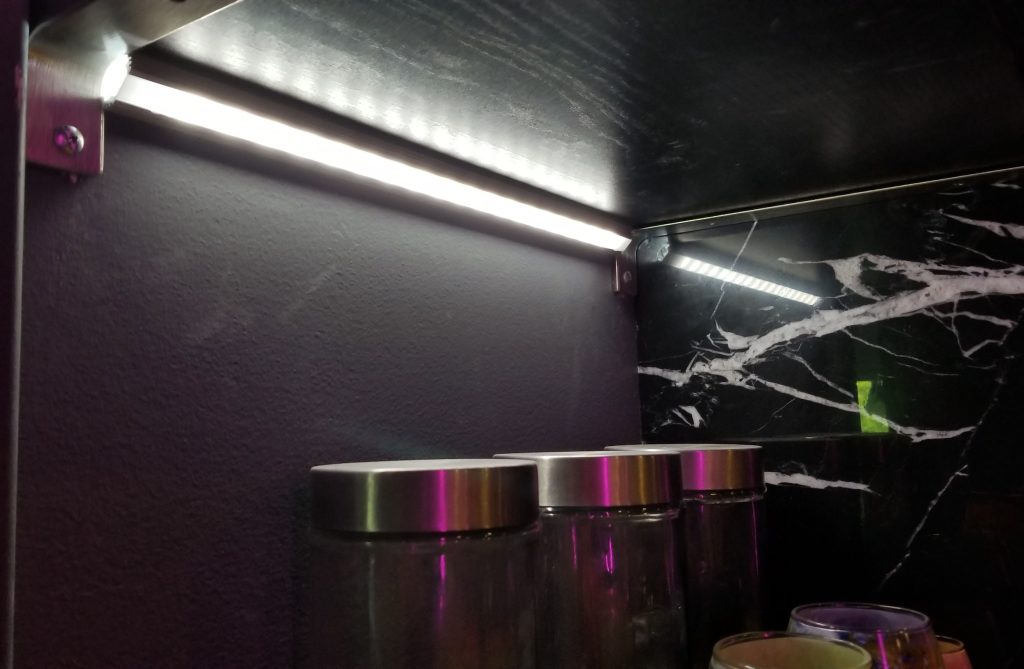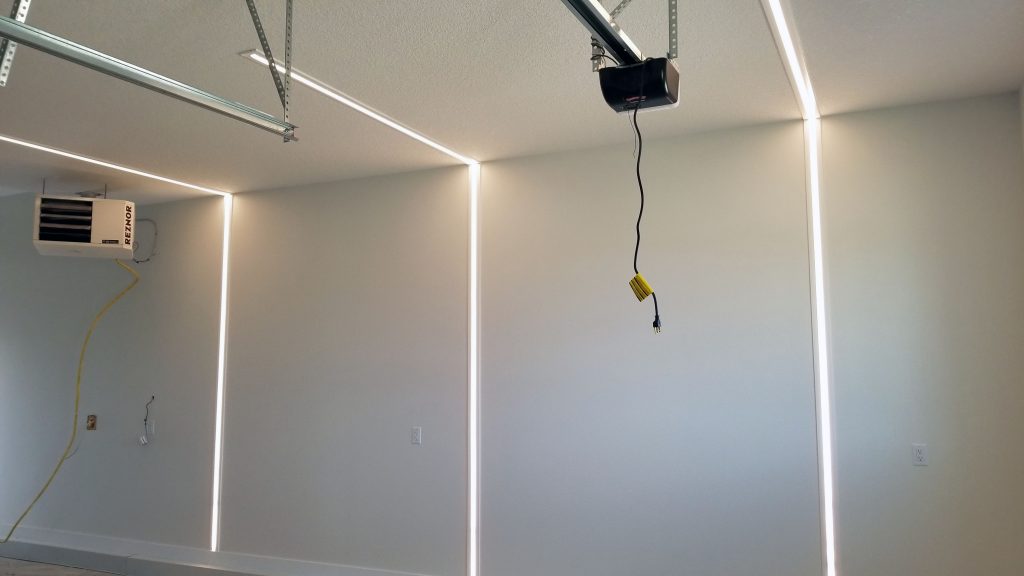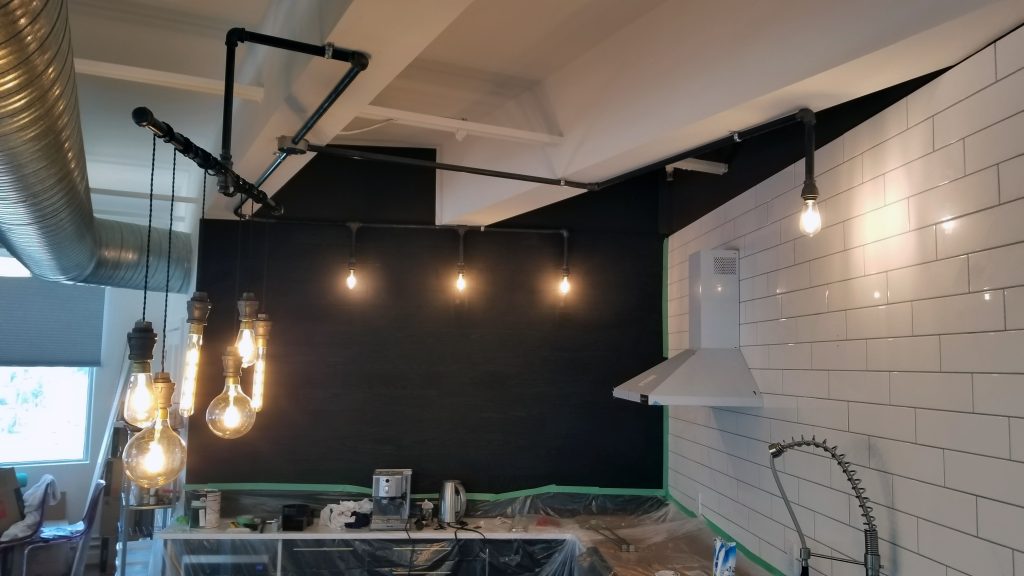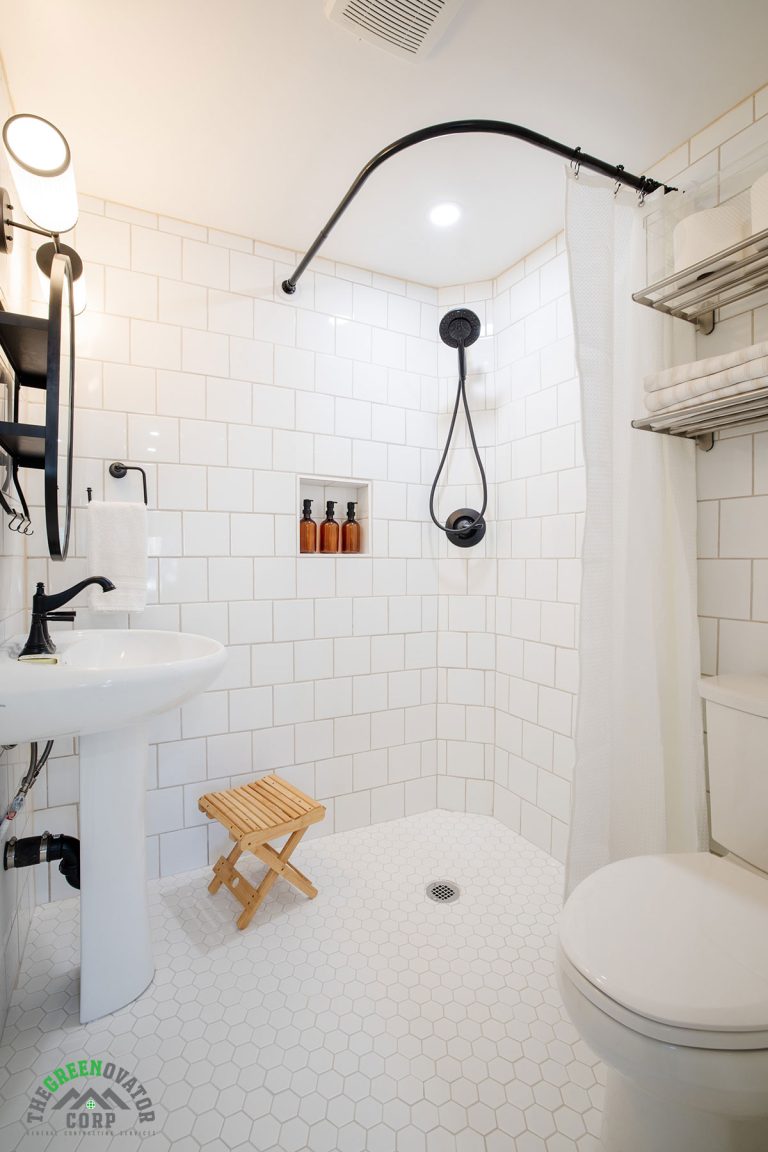
LEDs, or Light Emitting Diodes, have become a staple in modern lighting. Their efficiency and longevity make them a popular choice in both residential and commercial applications. As an Electrician and frequent user of LEDs, I can attest to their remarkable benefits and how they have revolutionized lighting. However, despite their advantages, there are critical aspects of LED technology that often go unnoticed, especially for those living in rural areas or environments with unstable power supplies.

The Advantages of LEDs
- Energy Efficiency: LEDs consume significantly less power compared to traditional incandescent bulbs. This lower energy consumption translates to reduced electricity bills and a smaller carbon footprint.
- Heat Production: Unlike incandescent bulbs, which lose much of their energy as heat, LEDs produce minimal heat. This characteristic makes them safer to use and reduces cooling costs in indoor environments.
- Longevity: LEDs boast a much longer lifespan than their incandescent and fluorescent counterparts. While they may cost more upfront, their durability and reduced maintenance costs make them a cost-effective solution in the long run.
- Versatility: Available in various shapes, sizes, and colors, LEDs can be used in a wide range of applications, from home lighting to industrial settings.

The Hidden Drawback: Sensitivity to Power Fluctuations
Despite these benefits, LEDs have a notable drawback—sensitivity to power fluctuations. This issue is particularly relevant in rural areas where power instability is common. Here’s why this matters:
- Voltage Fluctuations: LEDs are highly sensitive to changes in voltage. When power supplies are inconsistent, as in the case of frequent power outages or surges, the voltage can drop temporarily. This drop forces the LED to draw more current (amperage) to maintain its brightness, leading to increased stress on its components.
- Component Burnout: Prolonged exposure to these fluctuations can cause critical components within the LED, such as capacitors and the diode itself, to burn out. This often results in premature failure of the light, despite the otherwise long lifespan of the technology.
For instance, I have experienced multiple instances where LEDs in rural installations failed after storms or power surges. This consistent issue highlights the vulnerability of LEDs to voltage instability.

Practical Insights from the Field
In professional settings like hotels, managing the electrical load and planning circuits is crucial. LEDs allow for numerous lights to be run on a single circuit due to their low power consumption. However, when the electrical wiring extends over long distances, voltage drops become inevitable. These drops can cause the LEDs at the end of the line to operate below their optimal voltage, resulting in dimming or failure.
I recall a conversation with an electrical wholesaler about a customer who installed numerous LED bay lights in a large shop. Despite repeated installations, the lights frequently burned out due to the power fluctuations typical in his remote, lake-side property. This pattern of failure led the manufacturer to eventually refuse further warranty claims, as they recognized the underlying issue of power instability.

Alternative Solutions and Considerations
While LEDs are often marketed as the ultimate lighting solution, it’s essential to consider their limitations. In areas prone to power fluctuations, traditional lighting options like fluorescent bulbs might offer more reliability. Fluorescent lights are generally less sensitive to voltage changes and can operate more consistently under unstable power conditions
Conclusion
LEDs are indeed a great invention, offering unparalleled efficiency and longevity. However, their sensitivity to voltage fluctuations presents a significant challenge for users in rural or unstable power environments. Understanding these nuances is crucial for making informed decisions about lighting solutions. As with any technology, it’s important to balance the advantages with the potential drawbacks and choose the best option for your specific needs.
Whether you’re installing lights in a home, a hotel, or a large shop, knowing the truth about LEDs will help you navigate their complexities and maximize their benefits.

My Qualifications: I am a Journeyman Electrician turned General Contractor with 25 years in construction and trades. I have done all types of electrical from industrial, commercial, residential, controls and automation. I have been A General contractor in the Edmonton. Spruce Grove, Stony Plain, Parkland County area for 15 years. If you have any builds, renovations, Kitchens, Bathrooms, basements you are looking to design and build out I could help.



